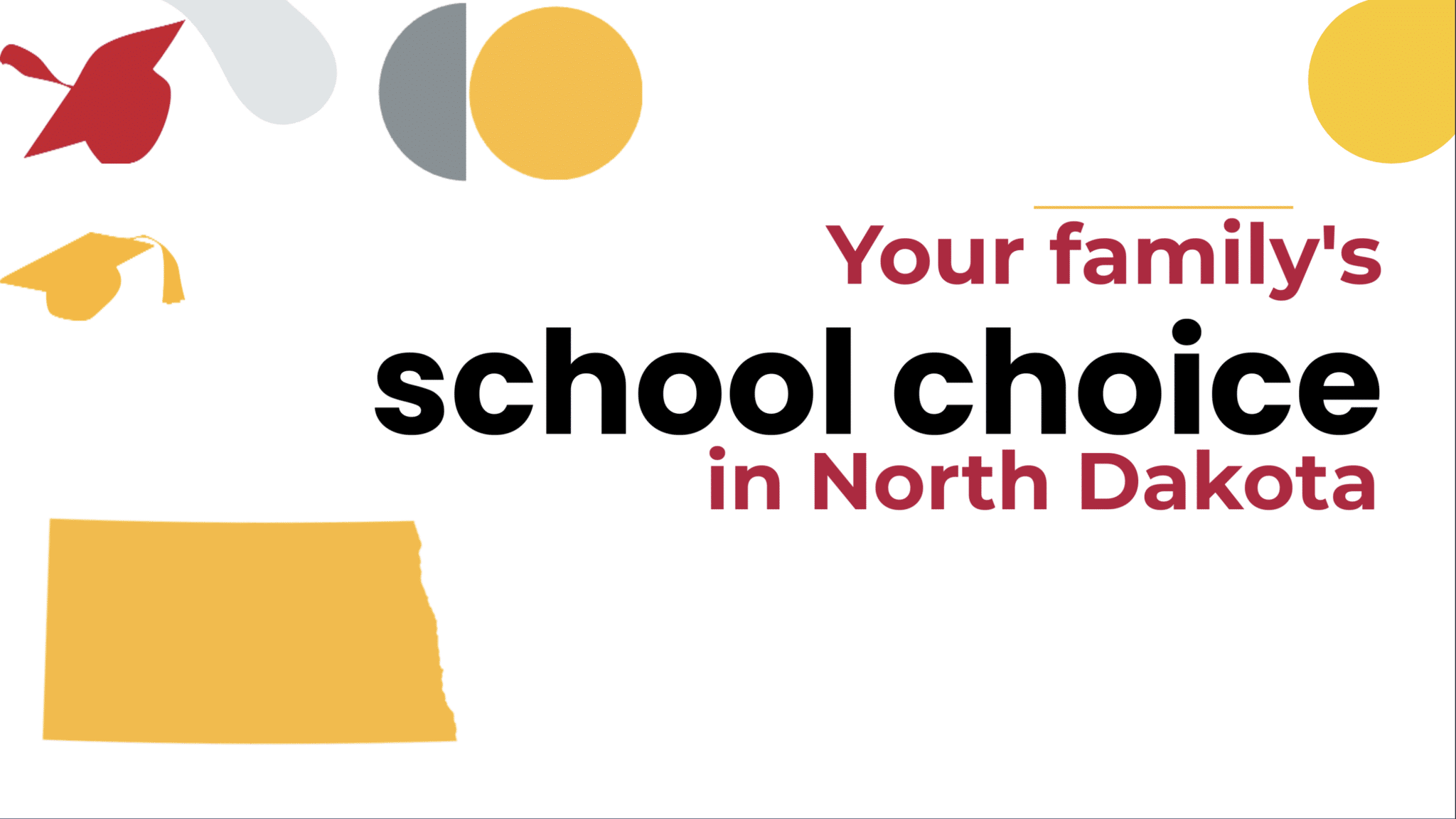Choosing a school? You’ve got options.
If you live in North Dakota and are curious about your school choice options for your child, this post is for you. Where you send your child to school impacts whether they are inspired, happy, and equipped for success!
While North Dakota offers fewer options than most states, there are still choices. You can choose from traditional public schools, private schools, online learning, homeschooling, and microschooling and mix-and-match learning. North Dakota does not currently have public charter schools and public magnet schools, but it may in the future!
Looking for special education options? You can learn what special education services are available in North Dakota at the Ultimate Guide to Special Education.

- Traditional Public Schools
- Public Charter Schools
- Public Magnet Schools
- Private Schools
- Online Schools
- Homeschool
- Microschooling
North Dakota Traditional Public Schools
Most North Dakota families (87.6% of all K-12 students) choose traditional public schools. Operated by school districts, these are free to attend, open to all students, and funded by taxpayers. On average, North Dakota spends $15,140 per public school student each year. You can search your school’s spending and that of nearby schools at Project Nickel.
As of 2023, North Dakota offers some newly expanded open enrollment options for families. Now, North Dakota parents can transfer their child to any public school district; districts may only deny applications for a few reasons, such as lack of capacity. However, note that in some cases in North Dakota, fees may be attached to transfers.
For information about whether transfers within districts are available, families should contact their local school district. Curious about what the transfer process may look like? Check out West Fargo Public Schools’ in-district transfer request guidelines as an example.
Open enrollment is an important form of public school choice, widening parents’ options and ensuring that their zip code isn’t the sole determiner of their education. In some cases, such as when a transferring student was a victim of violence, transportation assistance may be available.
Find out more about public schools in your state at the North Dakota Department of Public Instruction. You can also learn more about open enrollment at “Public Schools Without Boundaries: A 50-State Ranking.”
North Dakota Charter Schools
North Dakota is one of only four states that have not yet passed laws allowing public charter schools. Charter schools are tuition-free public schools that are allowed the freedom to innovate while being held accountable for student achievement. The school’s charter describes what unique community need the school seeks to fill, and the school may be authorized by a governing body, a college, or a school board.
While North Dakota families cannot yet choose public charters, this may be an option in the future.
North Dakota Magnet Schools
Magnet schools are free public schools that allow kids to narrow in on a specific learning track, such as an International Baccalaureate program or the performing arts. At a magnet school, all the subjects are taught through the lenses of that specific track. Unfortunately, there are no freestanding public magnet schools currently in operation in North Dakota. There may be magnet programs in traditional public schools, and the law allows for independent magnet schools, so stay tuned in the future!
North Dakota Private Schools
Families in North Dakota can also consider private schools, nonpublic schools that charge tuition. In North Dakota, 8.7% of all K-12 students attend a private school. Private schools may offer a unique curriculum, smaller class sizes, or a faith-based tradition. There are more than 50 private schools across the state of North Dakota. These schools come in all shapes and forms, from religious schools to schools designed for children with special needs. Today, one of the top-ranked private schools in North Dakota is Oak Grove Lutheran School, which started as a high school for girls back in 1906.
The average tuition for private schools in the state is $4,010 for elementary schools and $6,950 for high schools. Unfortunately, there are no state-run scholarship options in North Dakota at present, but private scholarships may be available. Also, since 2018, the federal government allows parents to save for K-12 private school tuition using tax-preferred 529 savings accounts.
Learn more at Private School Review: North Dakota.
North Dakota Online Learning
Don’t overlook online learning, which offers a uniquely flexible learning environment that meets a variety of family needs. Whether your child wants to accelerate his or her learning or needs a quieter environment in which to focus, you may be interested in giving virtual school a try.
While there is not currently a free full-time option for North Dakota students statewide, elementary through high school students may enroll in part-time or full-time courses through the North Dakota Center for Distance Education for a fee. Families can enroll in courses at any time throughout the year, and most courses do not have a set deadline. The Center for Distance Education offers hundreds of different courses, including Advanced Placement courses and career and technical courses. The organization does not supply free technology and wifi to families, so students must have access to these at home.
Besides the North Dakota Center for Distance Education, students can also consider other paid online school options, like George Washington University Online High School, The Keystone School, Excel High School, and K12 Private Academy.
Additionally, some North Dakota districts offer blended or online programs, such as Mandan Virtual Academy, Roughrider 9-12 Virtual Academy, Dickinson Public Schools Online Academy, Fargo Virtual Academy, and Minot Public Schools’ Virtual Academy. In some cases, out-of-district students can transfer in through an agreement with the student’s home district.
To read more about online learning in North Dakota, check out the Digital Learning Collaborative’s state profile.
North Dakota Homeschooling
Homeschooling is another school choice in North Dakota. Homeschooling is the process of parents educating students at home; all 50 states allow it.
In North Dakota, 3.6% of all K-12 students are homeschooled. Notice of your intent to homeschool is required at least 14 days prior to starting or within 14 days of moving and annually after that. Also, it is recommended that you formally withdraw from your public school so your student is not marked truant.
The state requires homeschooling parents to teach specific subjects (like reading, math, and physical education) and also requires standardized testing in certain grades. If you are interested in participating in sports or activities at your local public school, contact your district to ask about their policies – in some cases, homeschoolers may be eligible. In the case that you decide to return to public school, you may submit record-keeping documentation to the superintendent of your school.
If you are looking for a highly customizable and flexible education for your child and think homeschooling could fit the bill, check out a great how-to about homeschooling in North Dakota. You may also want to check out the North Dakota Home School Association.
North Dakota Microschools and Mix-and-Match Learning
Today, some North Dakota families are blending school options to come up with new ways to personalize education. Microschools are one of these ways. A microschool refers to students gathering together in a small group – with adult supervision – to learn, explore, and socialize. Microschools can take a variety of shapes and legal forms, from homeschoolers coming together at an enrichment center to a private school committed to small classrooms. What microschools share in common is a commitment to small-group learning and close-knit relationships, along with an emphasis on children as individual learners.
Here is one example of innovative, microschool-style learning in North Dakota:
- Northern Cass School District has reimagined itself over the past five years as it has committed to creating a more personalized learning experience: “Middle school learners participate in studios where educators coach 6-week learner-centered high-engagement projects. This past fall, one studio was built around a Farm to Fork concept to teach about agricultural careers and to experience the world of food production by going out and exploring the real world.” A microschool program is also being piloted in high schools.
Remember, microschooling is more a mentality than a specific legal distinction in most cases. Often, a family participates in a microschool while legally homeschooling, or being enrolled in a private or online school.
Search for Schools Near Me
Microschooling and Mix-and-Match Learning
How can it empower parents and help kids achieve their dreams?
7 Step Guide
Tips to help you find a school where your daughter or son will learn, succeed, and be happy.
Education Resources for
North Dakota Parents
For additional information about school choices in North Dakota, visit these resources:
Every state is different when it comes to school choice options.
Sign up below to get a detailed comparison:
"*" indicates required fields
